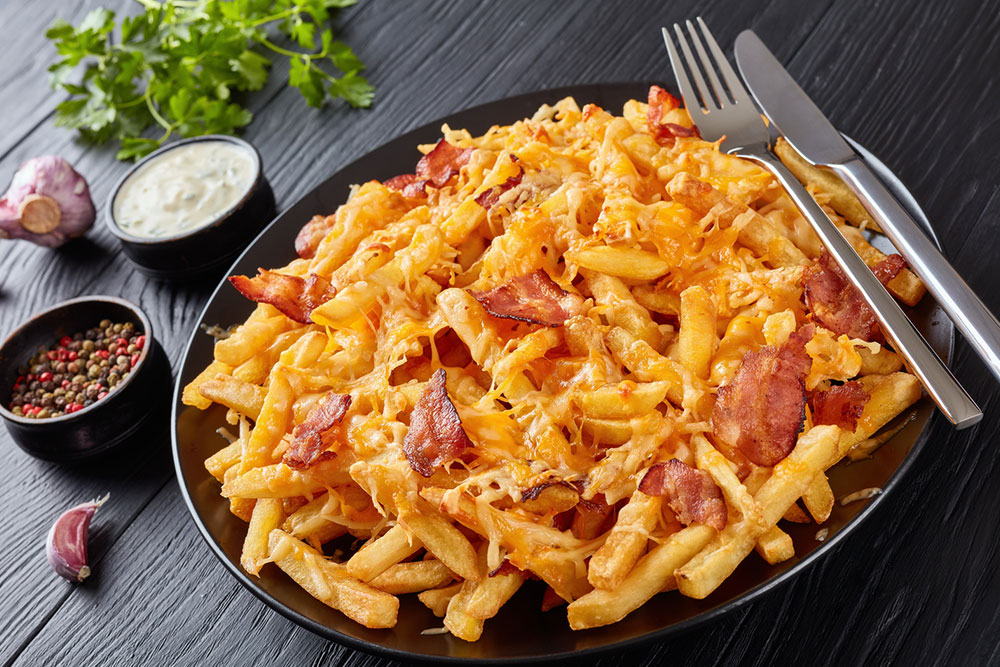7 foods to avoid with COPD

Chronic Obstructive Pulmonary Disease (COPD) is a progressive lung condition that affects millions of people worldwide. Managing COPD often involves lifestyle changes such as adding healthier foods to one’s daily meals. While certain foods may support lung health, others may exacerbate COPD symptoms. For instance, eating extremely spicy foods could make breathing more difficult. Here are seven foods that people with COPD should avoid to ensure better management of the condition.
French fries
Fried foods like French fries are typically high in unhealthy fats, sodium, and artificial additives, all of which may contribute to inflammation and worsen lung function. Moreover, the excess salt in these foods could lead to fluid retention, making it difficult to breathe. COPD patients should avoid fast foods, frozen dinners, and fried snacks.
Broccoli and cauliflower
Although cruciferous vegetables like broccoli and cauliflower are highly nutritious, they could be gas-inducing for some people, leading to bloating and discomfort. COPD patients with digestive sensitivities may want to consume these vegetables in moderation or switch to easily digestible alternatives.
Full-fat milk
Dairy products like milk, particularly full-fat versions, might be problematic for some COPD patients. This is because dairy may cause excess mucus production and congestion, making breathing more difficult. While not all COPD patients are affected by dairy in the same way, it is advisable to monitor its consumption and consider alternatives like almond or soy milk.
Sugary foods and beverages
A meal regime high in sugar could adversely affect one’s health and should be particularly avoided by people with COPD. This is because excess sugar may lead to inflammation in the body, potentially worsening COPD symptoms. Cutting back on sugary snacks and beverages like cakes, cookies, and energy drinks is advisable for improving one’s overall well-being.
Salty foods
Excessive salt in foods may lead to water retention, contributing to swelling in the extremities and making breathing harder. Individuals with COPD should monitor their salt intake and limit their consumption of high-sodium foods like processed meats, canned soups, and salty snacks.
Sparkling water
Carbonated beverages, including sparkling water and sodas, may lead to bloating and discomfort, exacerbating COPD symptoms. The carbonation may cause the stomach to expand, putting pressure on the diaphragm and reducing lung capacity. So, opting for still water or herbal tea is a healthier choice for staying hydrated.
Coffee
Coffee contains caffeine, which offers a temporary boost of energy. However, the ingredient may also stimulate the heart and increase heart rate, making breathing more difficult for some COPD patients. So, it is essential to limit the intake of caffeine and be mindful of how it affects one’s breathing patterns.

